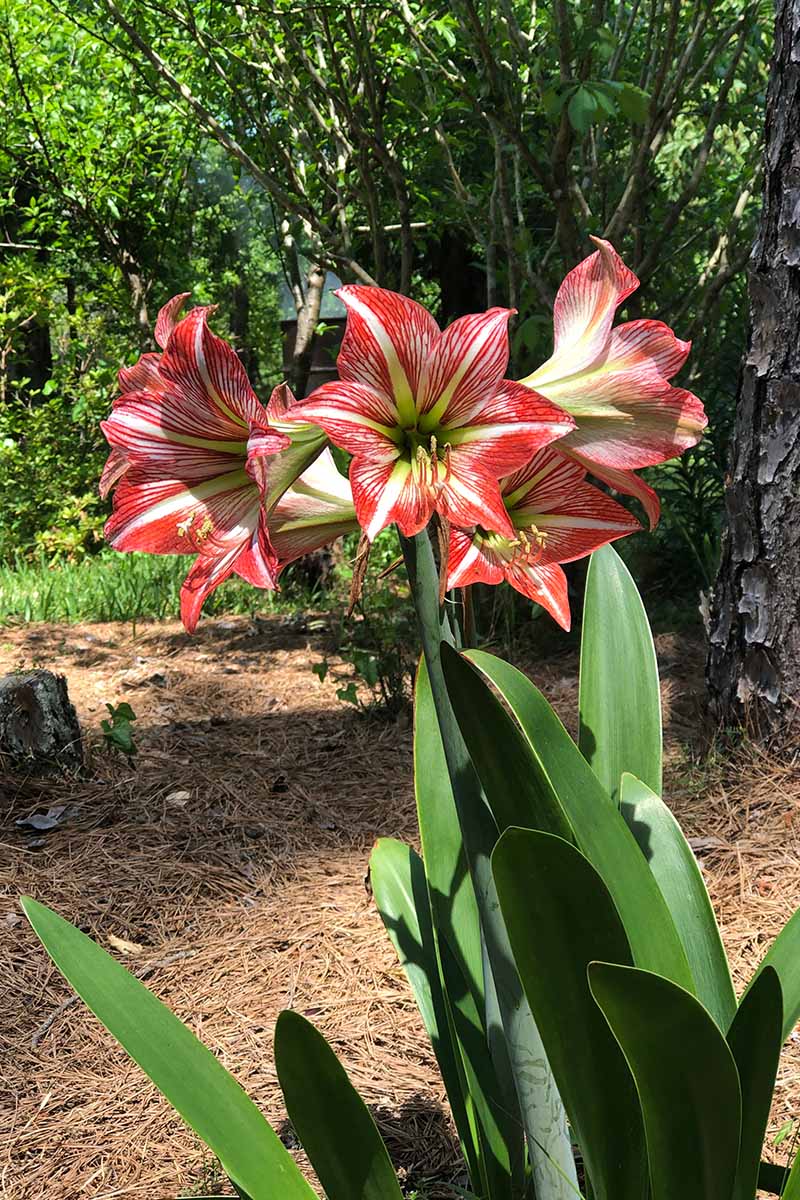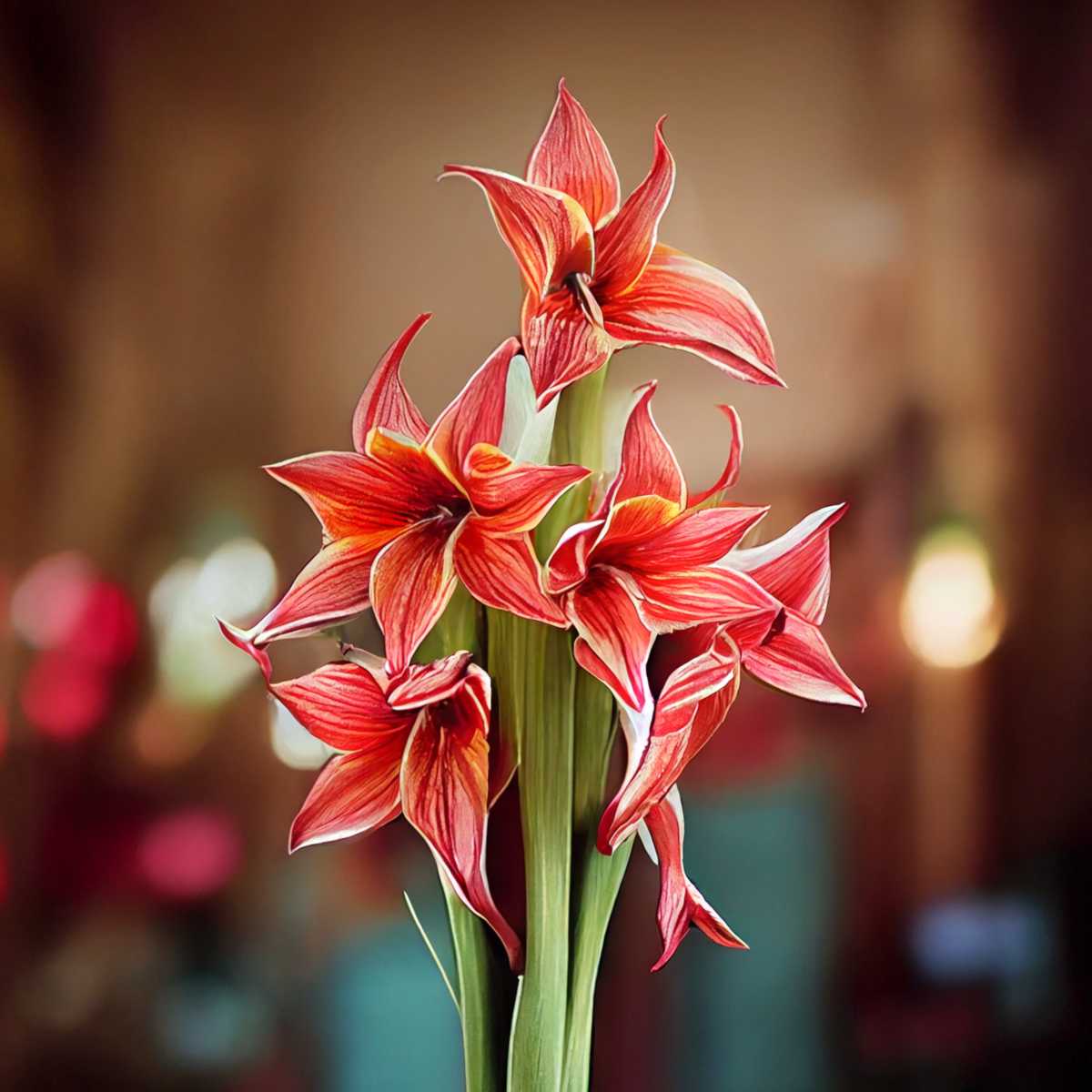What to Expect from Your Amaryllis Bulb
Amaryllis bulbs are a popular choice for indoor gardening, and for good reason. These bulbs produce stunning, large blooms that can add a touch of elegance to any room. But before you can enjoy the fruits of your labor, you need to understand what to expect from your amaryllis bulb. With proper care and attention, an amaryllis bulb can provide months of beautiful blooms, but it’s essential to know what makes these bulbs tick. Whether you’re looking to add some color to your home or simply want to try your hand at indoor gardening, understanding the unique characteristics of amaryllis bulbs is key to success.
Understanding the Flowering Process
The life cycle of an amaryllis bulb is a complex process that involves several stages, including growth, dormancy, and flowering. Understanding these stages is crucial to grasping the timing of blooming and how to optimize conditions for faster flowering. When an amaryllis bulb is first planted, it begins to grow roots and send up a green shoot. This growth stage can last several weeks to a few months, depending on factors such as light, water, and nutrients. After the growth stage, the bulb enters a period of dormancy, during which it stores energy and prepares for flowering. This dormancy period is critical, as it allows the bulb to build up the necessary resources to produce a healthy, vibrant bloom. Finally, the bulb enters the flowering stage, during which it produces a stunning, large bloom that can last for several weeks. By understanding these stages, gardeners can better appreciate the process of how long it takes an amaryllis bulb to flower and take steps to encourage healthy growth and blooming.
Factors Affecting Flowering Time
Several factors can influence the time it takes for an amaryllis bulb to flower, making it essential to understand these variables to optimize blooming. One of the most significant factors is bulb size, with larger bulbs typically producing blooms faster than smaller ones. The type of potting mix used can also impact flowering time, as well-draining mixes can help prevent waterlogged soil that can delay blooming. Watering is another critical factor, as consistent moisture can encourage healthy growth and flowering. Temperature also plays a role, with most amaryllis bulbs requiring temperatures between 65-75°F (18-24°C) to induce flowering. Additionally, factors such as light exposure, fertilization, and pest management can all impact the timing of blooming. By understanding these factors, gardeners can better answer the question of how long does it take an amaryllis bulb to flower and take steps to create an ideal environment for blooming.
The Waiting Game: How Long Until Blooms?
One of the most common questions asked by amaryllis enthusiasts is how long does it take an amaryllis bulb to flower. The answer can vary depending on several factors, including the type of amaryllis, growing conditions, and care. On average, it can take anywhere from 6-12 weeks for an amaryllis bulb to flower after planting. However, this timeframe can range from as little as 4 weeks to as long as 16 weeks or more. Factors such as bulb size, potting mix, watering, and temperature can all impact the timing of blooming. For example, larger bulbs tend to bloom faster than smaller ones, while consistent moisture and optimal temperatures can encourage faster flowering. By understanding the average timeframe for blooming and the factors that influence it, gardeners can better anticipate and prepare for the stunning blooms of their amaryllis bulbs.
Optimizing Conditions for Faster Blooming
To encourage faster flowering and answer the question of how long does it take an amaryllis bulb to flower, it’s essential to create an ideal environment for growth. One of the most critical factors is light exposure. Amaryllis bulbs require bright, indirect light to produce blooms, so placing them near a sunny window or under grow lights can help stimulate flowering. Consistent moisture is also crucial, as amaryllis bulbs need regular watering to support healthy growth. However, it’s essential to avoid over-watering, which can lead to root rot and delay blooming. Providing adequate nutrients through fertilization can also promote faster flowering. A balanced, water-soluble fertilizer applied at the recommended rate can help support the bulb’s growth and development. By optimizing these conditions, gardeners can encourage their amaryllis bulbs to bloom faster and enjoy the stunning results of their efforts.
Common Issues and Troubleshooting
Despite proper care, amaryllis bulbs may still encounter issues that delay or prevent flowering. One common problem is over-watering, which can cause the bulb to rot and prevent blooming. To avoid this, it’s essential to check the soil moisture regularly and adjust watering schedules accordingly. Under-watering can also be detrimental, as it can cause the bulb to become stressed and delay flowering. Pests, such as spider mites and mealybugs, can also infest the bulb and prevent blooming. Regularly inspecting the plant for signs of pests and treating promptly can help prevent infestations. Another issue that may arise is the bulb’s failure to bloom due to insufficient light or inadequate nutrients. By addressing these common issues and taking corrective action, gardeners can overcome obstacles and enjoy the beautiful blooms of their amaryllis bulbs. By understanding the factors that influence how long does it take an amaryllis bulb to flower, gardeners can take proactive steps to prevent common problems and ensure successful blooming.
How to Care for Your Amaryllis After Blooming
After the amaryllis bulb has finished blooming, it’s essential to provide proper care to encourage re-blooming and maintain the bulb’s health. One of the most critical steps is to cut back the flower stem to within an inch of the bulb, allowing the plant to focus its energy on re-growing and storing energy for future blooms. It’s also important to continue providing adequate light, water, and nutrients to support the bulb’s growth. To encourage re-blooming, gardeners can try forcing the bulb into dormancy by reducing watering and fertilization, then re-potting and re-watering after a few months. This process can help stimulate the bulb to produce new flowers. Additionally, gardeners can divide and re-pot the bulb every 3-4 years to maintain its health and promote blooming. By following these post-bloom care tips, gardeners can enjoy multiple blooms from their amaryllis bulbs and understand how long does it take an amaryllis bulb to flower. With proper care and attention, amaryllis bulbs can provide years of beautiful blooms and become a staple in any indoor garden.
Conclusion: Enjoying the Fruits of Your Labor
By following the guidelines and tips outlined in this article, gardeners can unlock the secrets of amaryllis blooms and enjoy the stunning flowers that these bulbs have to offer. Remember, patience and proper care are key to achieving successful blooms. Understanding the factors that influence how long does it take an amaryllis bulb to flower, such as bulb size, potting mix, and temperature, can help gardeners optimize conditions for faster blooming. Additionally, addressing common issues and troubleshooting problems can prevent delays or failures in blooming. With attention to detail and a commitment to providing the right environment, gardeners can enjoy multiple blooms from their amaryllis bulbs and experience the joy of indoor gardening. By mastering the art of amaryllis care, gardeners can unlock the full potential of these beautiful flowers and enjoy the fruits of their labor for years to come.








